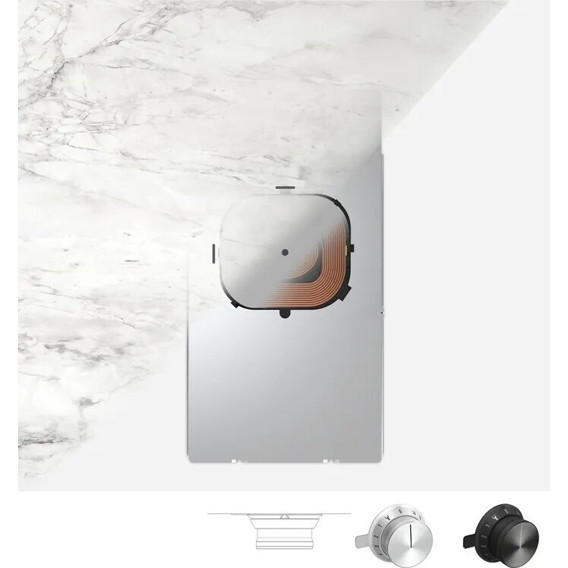Pyrolysis Oven Comparison: A Comprehensive Guide
Pyrolysis is a thermal decay process utilized to convert natural materials into biochar, bio-oil, and synthetic gas. This procedure requires a customized piece of equipment known as a pyrolysis oven, which heats up biomass in the absence of oxygen, enabling the breakdown of products without combustion. The market provides a variety of pyrolysis ovens fit for different applications, ranging from small lab equipment to large commercial machines. This blog site post will supply a comprehensive comparison of different types of pyrolysis ovens, their specs, applications, and benefits, in addition to a frequently asked concerns section.
Comprehending Pyrolysis Ovens
Before delving into comparisons, it is necessary to understand the numerous types of pyrolysis ovens offered. These ovens can be categorized based on:
- Size (laboratory-scale vs. industrial-scale)
- Heating Method (electric vs. direct fire)
- Material (steel vs. ceramic refractory)
Key Features and Specifications
When assessing pyrolysis ovens, some critical specifications to consider consist of:
- Capacity: The amount of biomass it can process in a single batch.
- Running Temperature: The optimum temperature level at which the oven can run.
- Energy Consumption: How much energy the oven utilizes during the pyrolysis procedure.
- Cooling System: The systems in place to cool down the oven post-operation.
Comparison Table of Popular Pyrolysis Ovens
The table below summarizes three commonly used pyrolysis ovens in regards to their specs, applications, and advantages:
| Feature | Design A | Model B | Design C |
|---|---|---|---|
| Type | Batch | Continuous | Small-scale Lab |
| Capability | 500 kg/batch | 1000 kg/hour | 50 kg/batch |
| Running Temp | 400 ° C | 600 ° C | 300 ° C |
| Energy Consumption | 20 kWh | 50 kWh | 5 kWh |
| Cooling System | Water-cooled | Air-cooled | None |
| Application | Charcoal production | Industrial waste | Research study experiments |
| Benefits | High performance | High throughput | Compact style |
1. Design A Pyrolysis Oven
Description: Model A is a batch-type pyrolysis oven recommended for little to medium-scale charcoal production. It runs at an optimum temperature level of 400 ° C and boasts an energy usage of 20 kWh per batch.
Applications: Mainly used in the production of charcoal from biomass feedstocks like wood chips, agricultural residues, and other organic products.
Benefits:
- High carbon capture effectiveness
- Low operational expenses
- Basic batch processing
2. Design B Pyrolysis Oven
Description: Model B is a continuous-flow pyrolysis oven designed for industrial-scale processing with a capacity of 1000 kg per hour. It can reach greater operating temperatures of approximately 600 ° C, making it ideal for a wider variety of feedstocks.
Applications: Often used for waste-to-energy projects, recycling rubber, and processing agricultural waste.
Advantages:
- Higher throughput compared to batch ovens
- Suitable for constant feedstock supply
- Much better conversion rates for numerous products
3. Design C Pyrolysis Oven
Description: Model C is a compact, small-scale lab oven suited for research and experimental purposes, with a lower capability of 50 kg per batch. It operates as much as 300 ° C and utilizes only 5 kWh of energy.
Applications: Used primarily in laboratories for research and advancement in pyrolysis procedures.
Benefits:
- Space-efficient design
- Lower energy requirement
- Perfect for evaluating various feedstocks
Key Considerations When Choosing a Pyrolysis Oven
Choosing the right pyrolysis oven depends upon numerous aspects. Here's a list of considerations:
- Scale of Operation: Determine the volume of biomass you mean to process frequently.
- Feedstock Type: Different materials may require different operating temperature levels and processing methods.
- Budget plan: Consider preliminary financial investment costs and functional expenditures.
- End Product Requirements: Define what you intend to produce-- whether it's biochar, bio-oil, or syngas.
- Area Available: Ensure you have adequate space for installation and future growths.
- Regulative Compliance: Confirm that the pyrolysis oven meets regional ecological policies and standards.
Frequently Asked Questions (FAQ)
Q1: What are the environmental effects of using a pyrolysis oven?
Pyrolysis ovens can lower biomass waste, lower greenhouse gas emissions, and produce important end items. However, appropriate operation and upkeep are vital to minimize any potential air and water contamination.
Q2: How is biomass prepared before pyrolysis?
Biomass must be dried and shredded into consistent pieces to boost the effectiveness of the pyrolysis procedure. The moisture material must preferably be listed below 20%.
Q3: Can I utilize multiple feedstock types in a single pyrolysis oven?
Yes, many pyrolysis ovens can deal with a range of feedstocks; nevertheless, testing each type independently is advisable to figure out ideal conditions and output quality.
Q4: How long does the pyrolysis procedure take?
The process can differ substantially depending upon the oven type and specifications set. Typically, batch pyrolysis can take anywhere from a few hours to over 12 hours.
Q5: Is maintenance needed for pyrolysis ovens?
Yes, routine maintenance is vital for ideal performance. This includes cleaning up out residues and looking for wear and tear on parts.
In conclusion, choosing the right pyrolysis oven needs cautious consideration of particular needs, applications, and intended results. With numerous models readily available, users can process biomass effectively while contributing to sustainability efforts. Comprehending Autarkes Kochfeld Online Bestellen , functions, and the benefits of different kinds of pyrolysis ovens is essential in making informed decisions, whether for little lab experiments or large-scale commercial operations.

